This post may contain affiliate links. For more information, please see our affiliate policy.
If you think your options stop at Sauvignon Blanc and Chardonnay, my white wine guide will expand your horizons. Learn about different white wine styles, the best white wine food pairings, and more.
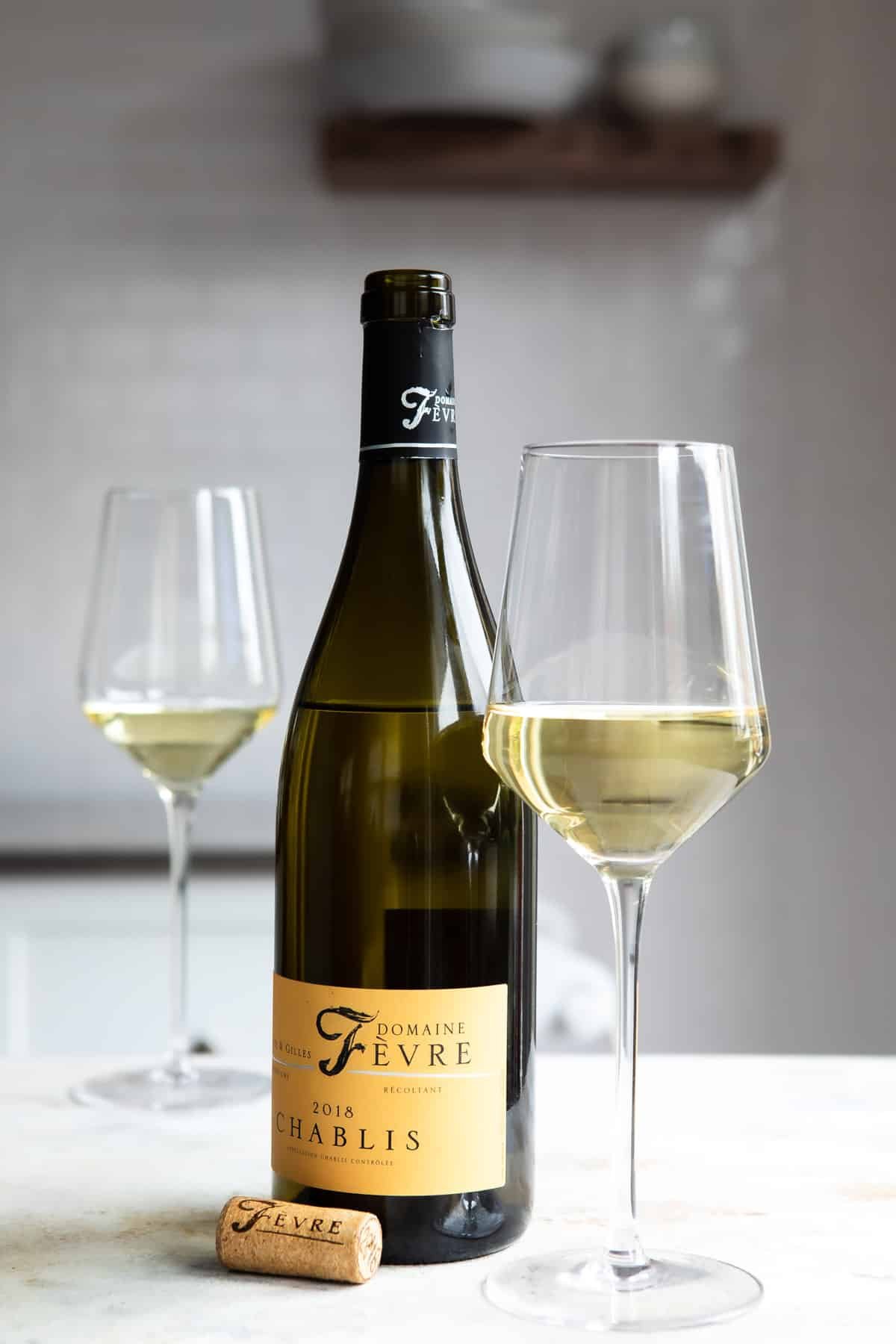
Even if you’re firmly on Team Red, I bet you’ll find a few tempting vinos to try after checking out my white wine guide! Discover the common qualities all white wines share, the white wine flavors that make certain styles stand out, and some of my best recipes to pair with white wine.
Table of Contents
What is White Wine—And How Is It Made?
White wine is fermented grape juice made using grapes that are fermented separate from their skins and seeds. As a refresher, red wine involves fermenting grapes with the skins and seeds, which offer tannins (the astringent quality you might recall from drinking tea or cider), a quality that makes red wines seem robust and that also helps them age well. Some white wines get better with age, but that’s often more of the exception than the rule. Translation: No need to cellar and save; dive in!
To make white wine, winemakers grow, harvest, crush, then separate the seeds and the stems from the flesh. They then ferment the grape flesh in a tank or vat with yeast, which eats the grape’s natural sugars to create alcohol. The wine is then aged in either oak, concrete, or stainless steel. After that, white wine may be treated with a preservative, sulfur dioxide. It’s then filtered, bottled, corked, and labeled.
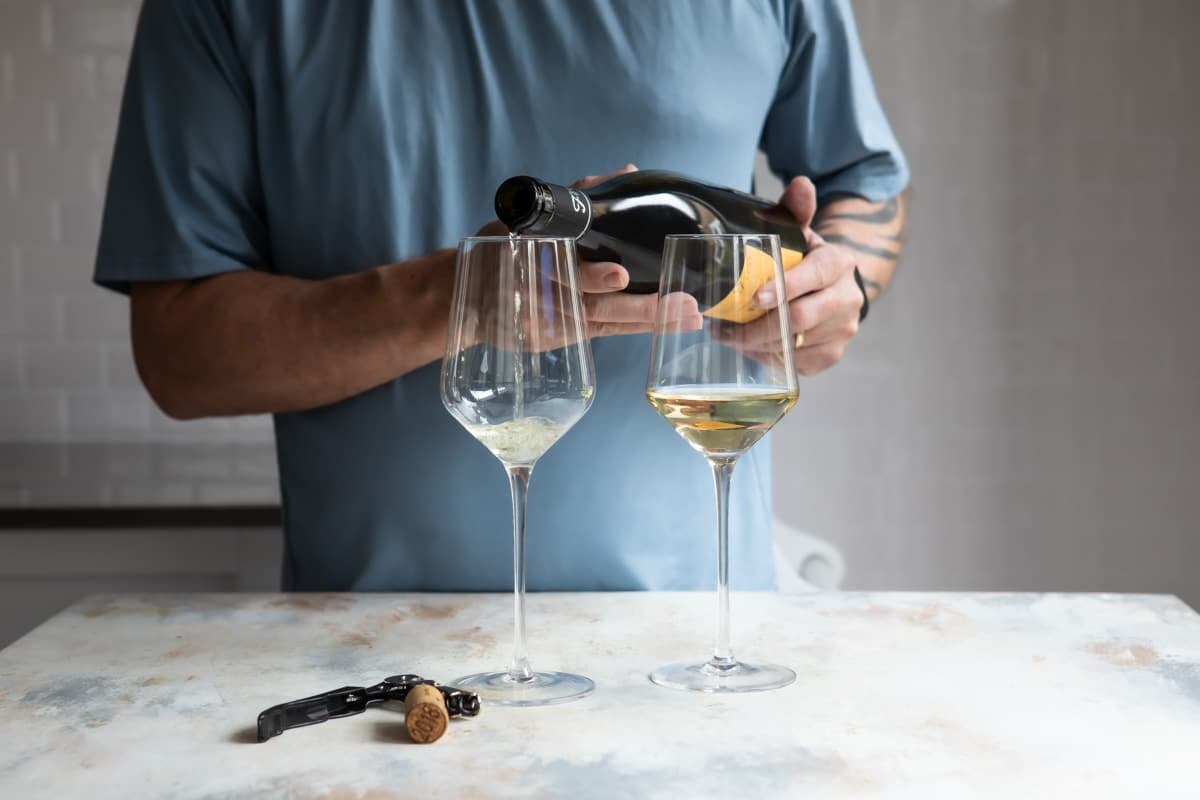
The Qualities of White Wine
Regardless of the grape(s) used to make white wine, all share a few common features.
First, the color. White wines span from pale straw to deep gold.
Next, acidity, the tart, crisp quality that spurs salivation that can help an already wonderful wine be even more food-friendly. White wine grapes grown in warmer weather are able to stay on the vine longer throughout the growing season, and during that time, develop more sugars which lowers their acidity. White wine grapes grown in cooler climates have shorter growing seasons, and since the grapes don’t ripen as much, they have lower sugar levels and higher acidity.
Finally, flavor notes. Unlike red wines that often err on the fruity, spicy, and/or earthy side, white wines naturally feature floral, fruity, and citrusy tastes.
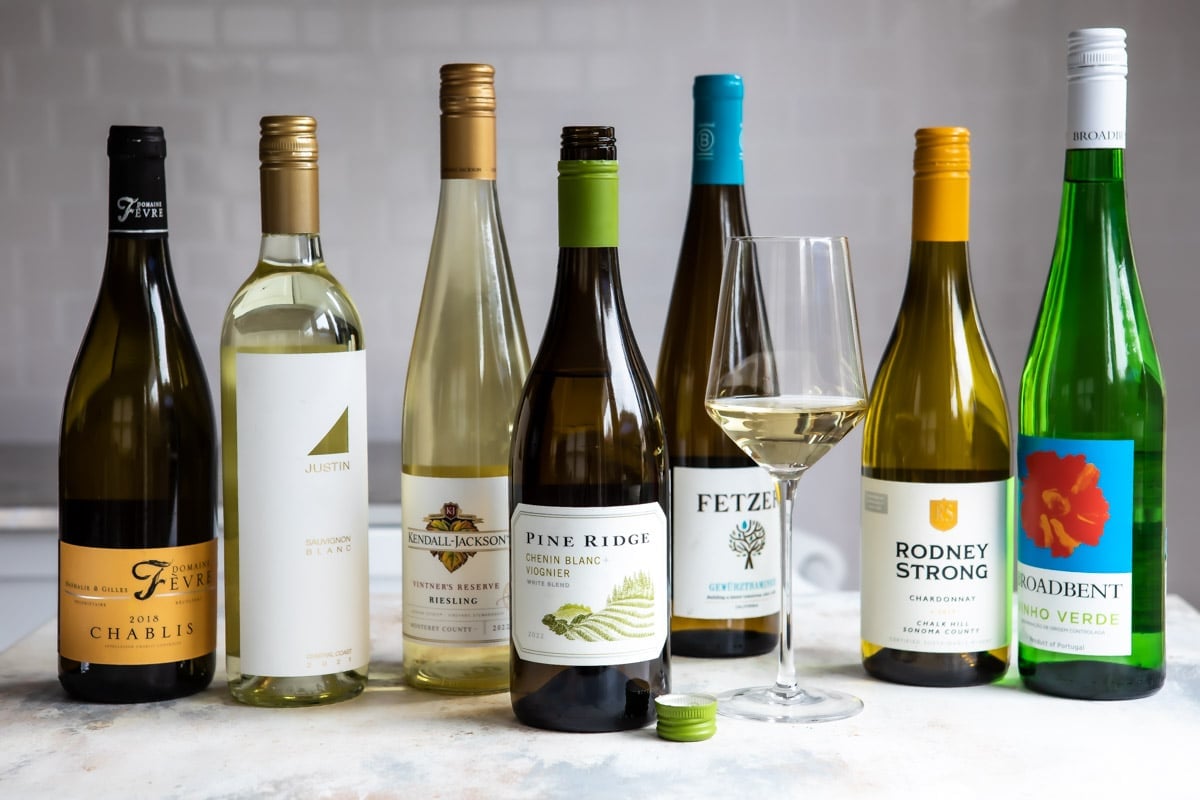
White Wine Categories
Regardless of the color, traditional wines fall under one of three “body” umbrellas:
- Light-bodied wines: 12 ½ percent alcohol by volume (ABV)
- Medium-bodied wines: 12 ½ to 13 ½ percent ABV
- Full-bodied wines: 13 ½ ABV or more
You may see wines classified by body, by flavor and structure, or all of the above. I find it most helpful in terms of white wine food pairings to focus on flavor and structure. Learn more about the white wine categories below, plus a sampling of styes that fit each theme.
Bold and dry whites are the richest of the bunch. Reach for these when you’re not quite ready in the mood for a red, but still want some weight and body with your wine.
- Chardonnay
- Viognier
- Pinot Grigio/Pinot Gris
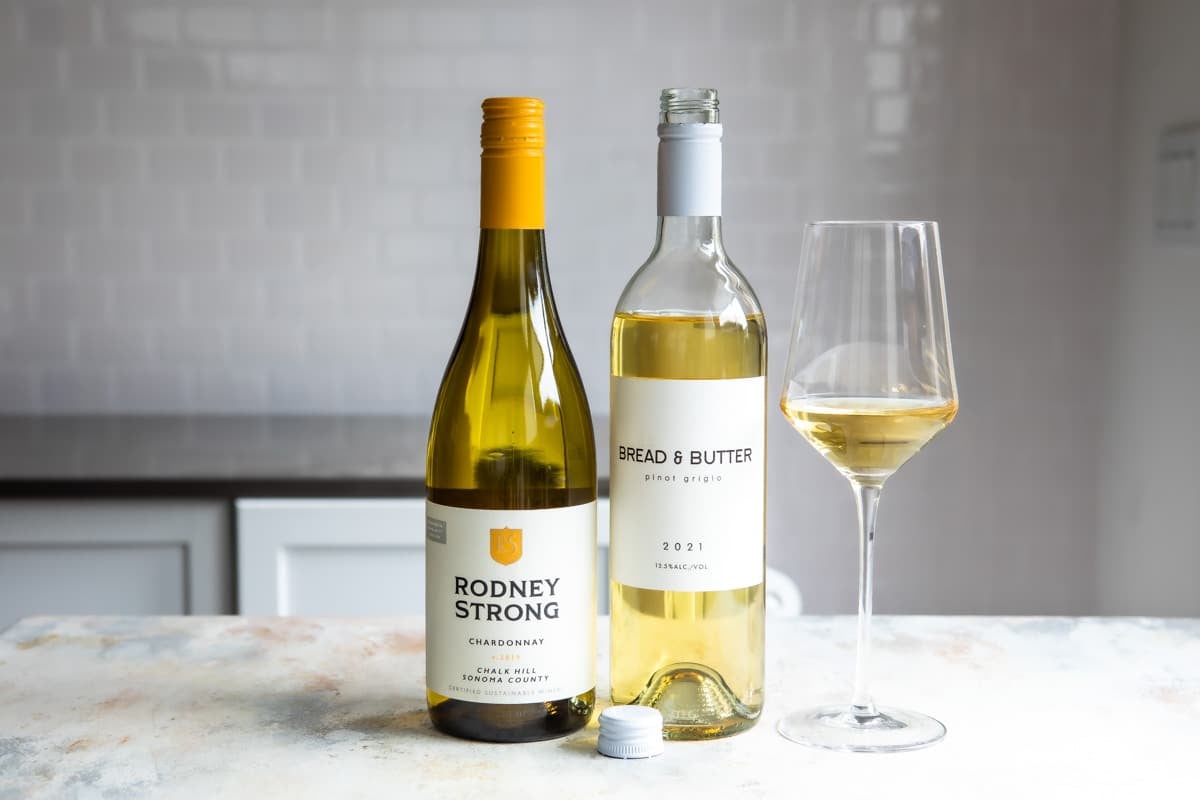
Light and dry whites are like the little black dress of whites. They’re a bit lighter on the palate than the stronger options above, and tend to be crowd-pleasing and ideal to gift or tote along to a potluck.
- Chablis
- Chenin Blanc
- Grenache Blanc
- Albariño
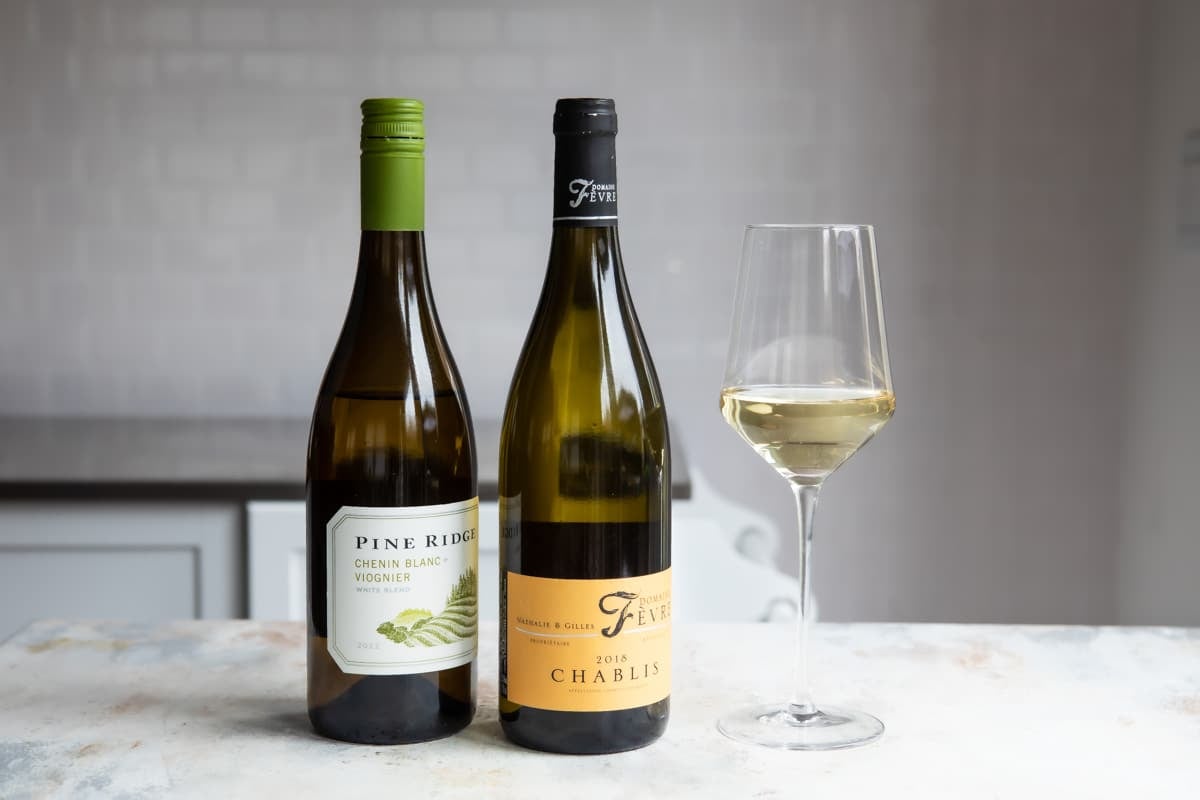
Herbaceous whites present as mineral-forward, and perhaps grassy or vegetal. They’re crisp and refreshing, and in the case of Vinho Verde, even offer a tiny splash of effervescence.
- Sauvignon Blanc
- Grüner Veltliner
- Vinho Verde
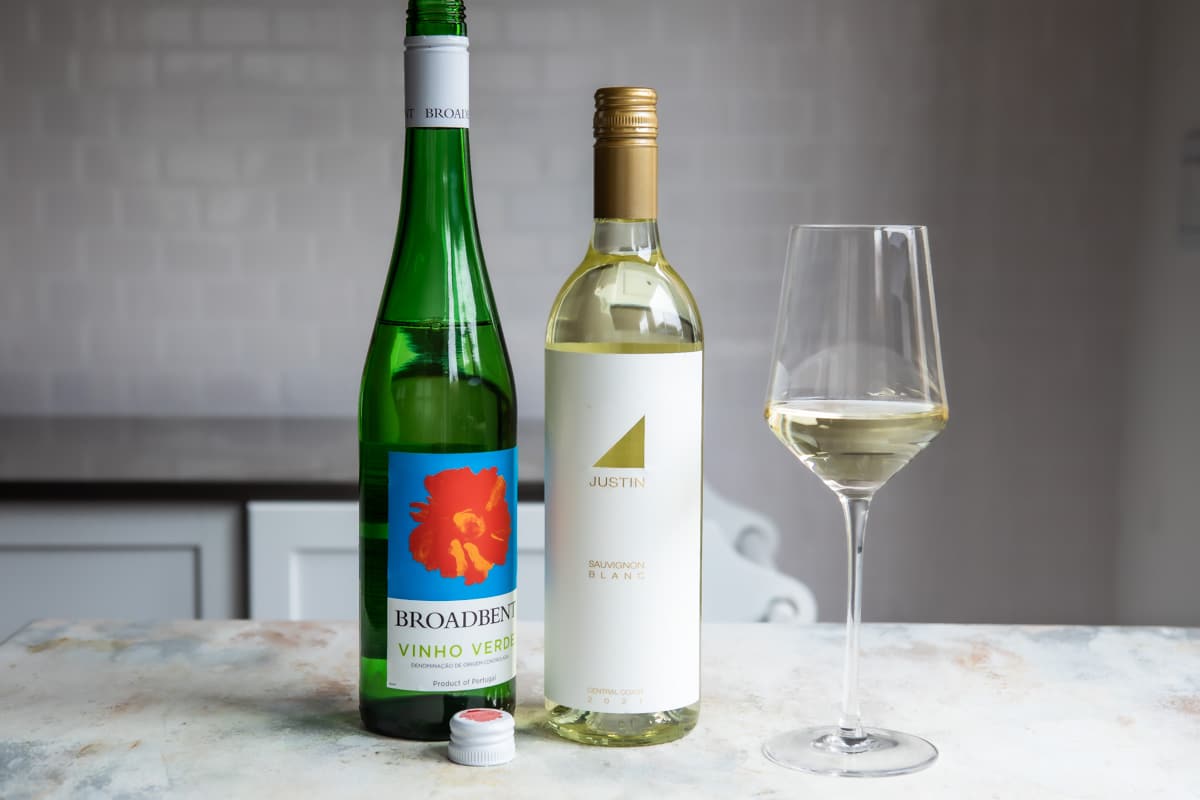
Sweet and semi-sweet whites are remarkably adaptable as a food wine. I promise these aren’t all sugary-sweet! In fact, many offer complex, slightly petrol qualities or a hint of salinity.
- Riesling
- Gewürztraminer
- Moscato (Muscat Blanc)
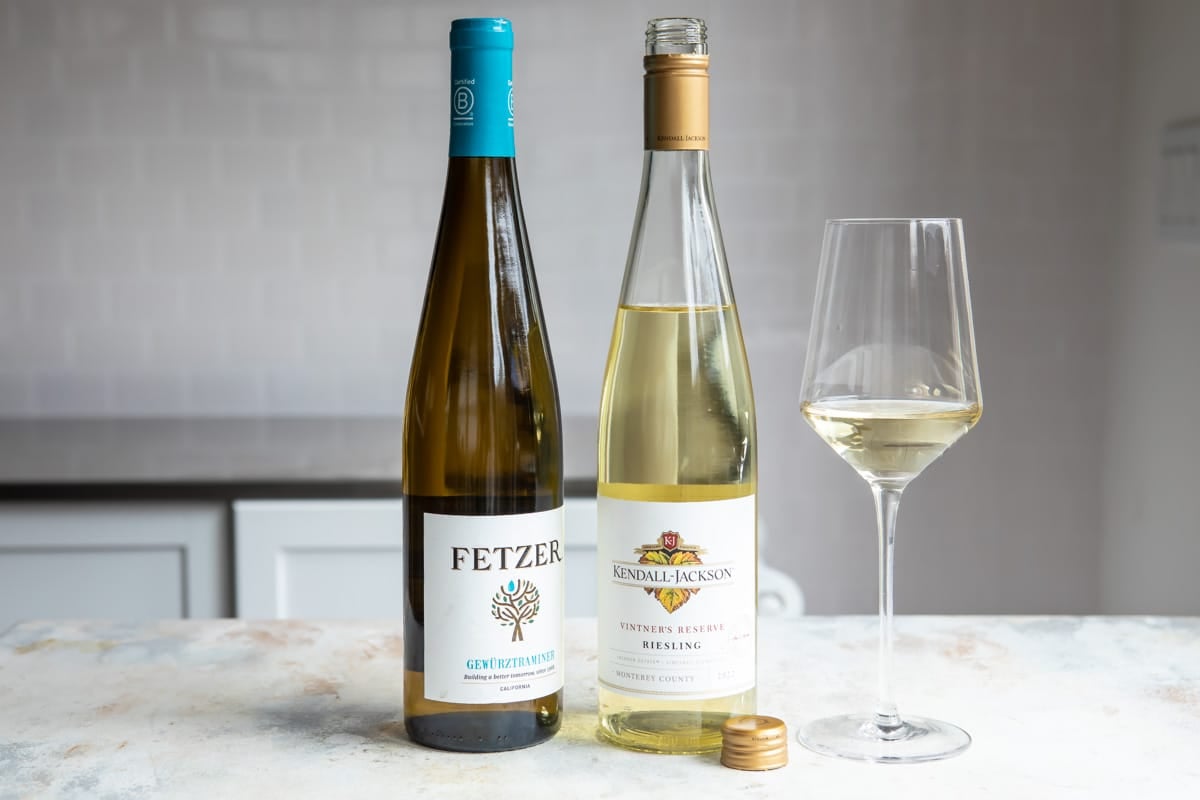
In addition to these white wine groups, winemakers also create white wine blends that feature more than one of these. The finished product is a recipe the producer crafts to yield a flavor experience that’s different from what any of the individual grapes can offer solo.
How to Serve White Wine
All wines, regardless of the style, should be served chilled. Yes, even reds! The primer below shows your sweet spot for the best temperature to serve white wines: ideally, between 45 and 55 degrees F.
- Sparkling: 40-50 degrees F
- Lighter whites: 45-50 degrees F
- Fuller whites and rosés: 50-55 degrees F
- Lighter reds: 55-60 degrees F
- Fuller reds: 60-65 degrees F
Don’t own a specialized wine fridge? Simply transfer a bottle of white wine from storage to the refrigerator about 3 hours before you plan to serve; it should be chilled just about right. Once you open and pour the wine, keep the wine cool in a bottle chiller to keep it cool, or wrap it in a dish towel to insulate the wine.
A universal or classic white wine glass should work for any of your favorite white wines.
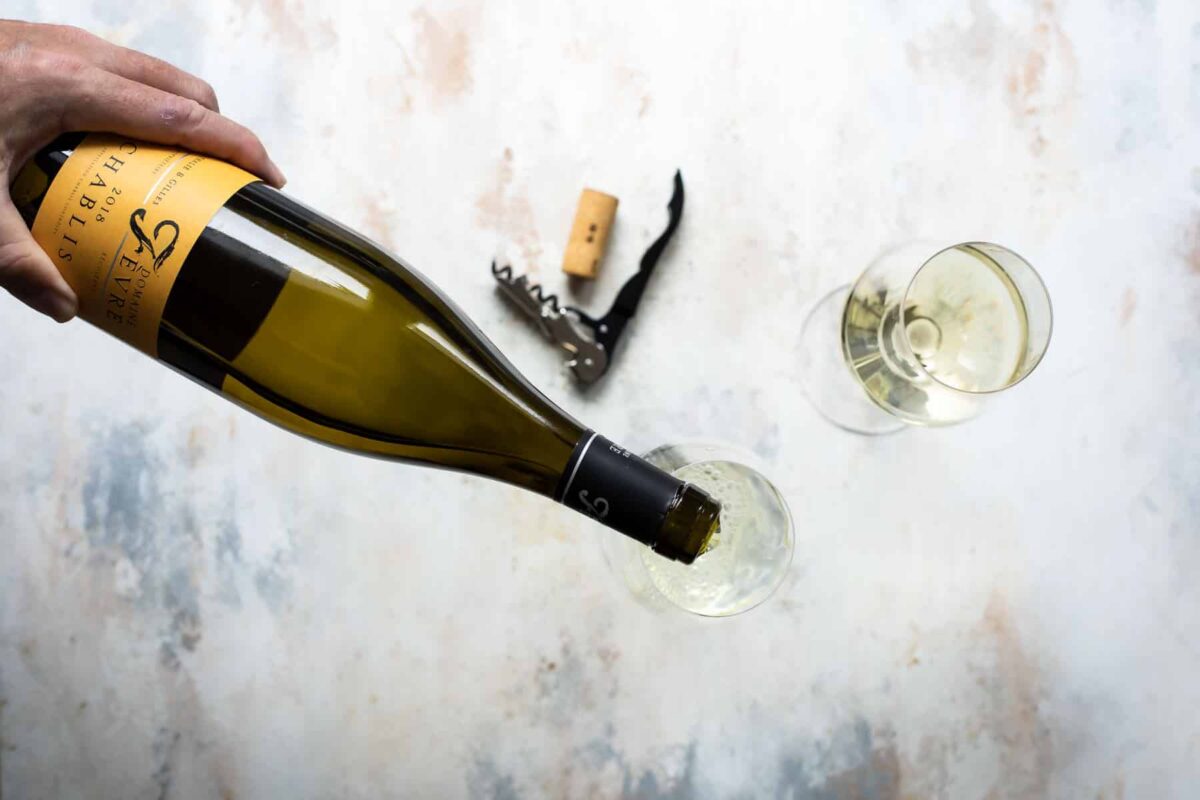
Recipes to Pair With White Wine
Bold and dry white wines are sturdy enough to hold their own against fish in a richer sauce, such as Seafood Pasta Salad, risotto, and even pork tenderloin. Definitely stock these for holiday dinners to pour along with Roast Turkey, Baked Ham, and all of the fixings.
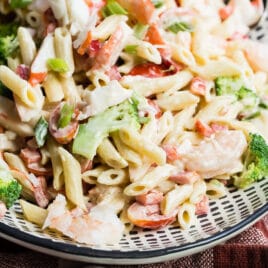
1
Seafood Pasta Salad
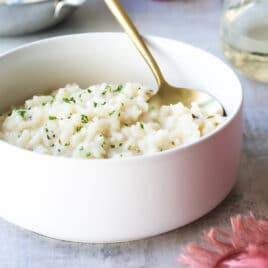
2
Risotto Recipe
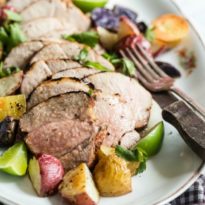
3
Grilled Pork Tenderloin
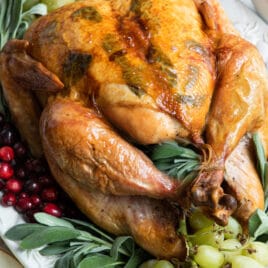
4
Perfect Roast Turkey
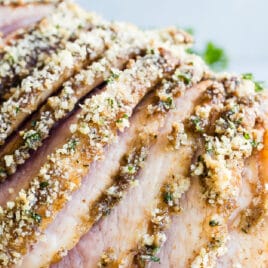
5
Baked Ham With Crumb Topping
Light and dry white wines dance well with appetizers like Bruschetta and vegetable-forward pasta dishes including Pasta Primavera, as well as a wide variety of seafood entrees (Pan-Fried Tilapia is a fave) and chicken dinners including Sheet Pan Greek Chicken and Potatoes.
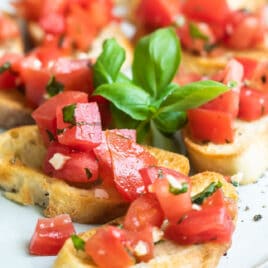
6
Bruschetta
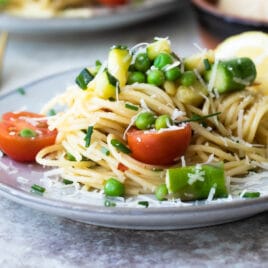
7
Pasta Primavera
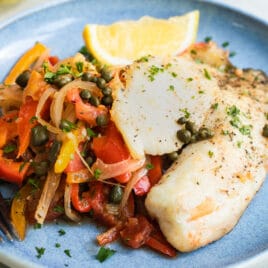
8
Pan-Fried Tilapia
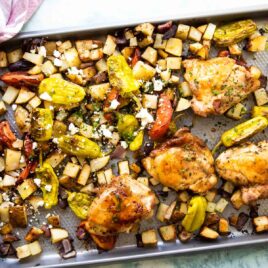
9
Sheet Pan Greek Chicken and Potatoes
Herbaceous white wines are delightful with salads, vegetarian meals, and anything featuring a tangy element, like yogurt or goat cheese (shout-out to this Asparagus Frittata!).
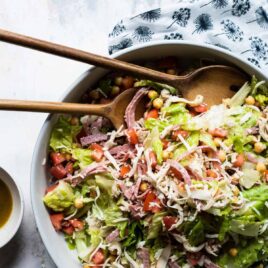
10
Italian Chopped Salad
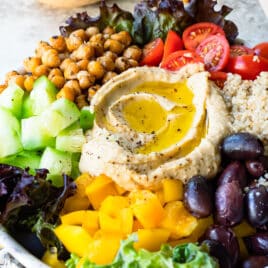
11
Mediterranean Buddha Bowl
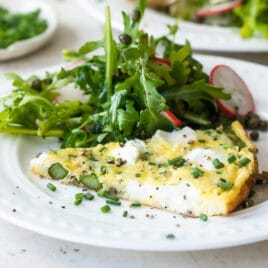
12
Asparagus Frittata
Sweet and semi-sweet white wines are perfect to contrast spicy takeout favorites. Or try them as a complementary pairing with fruit, cakes, pies, and cookies.
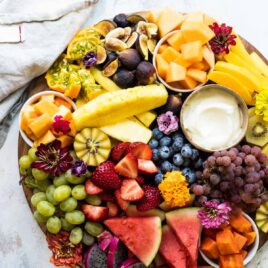
13
Fruit Platter

14
Carrot Cake
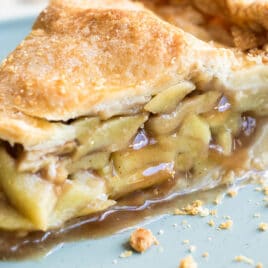
15
The Best Apple Pie Recipe

16
Soft Chocolate Chip Cookies
If you’re just starting out in the wine world, check out my guides for the basics and beyond: